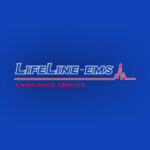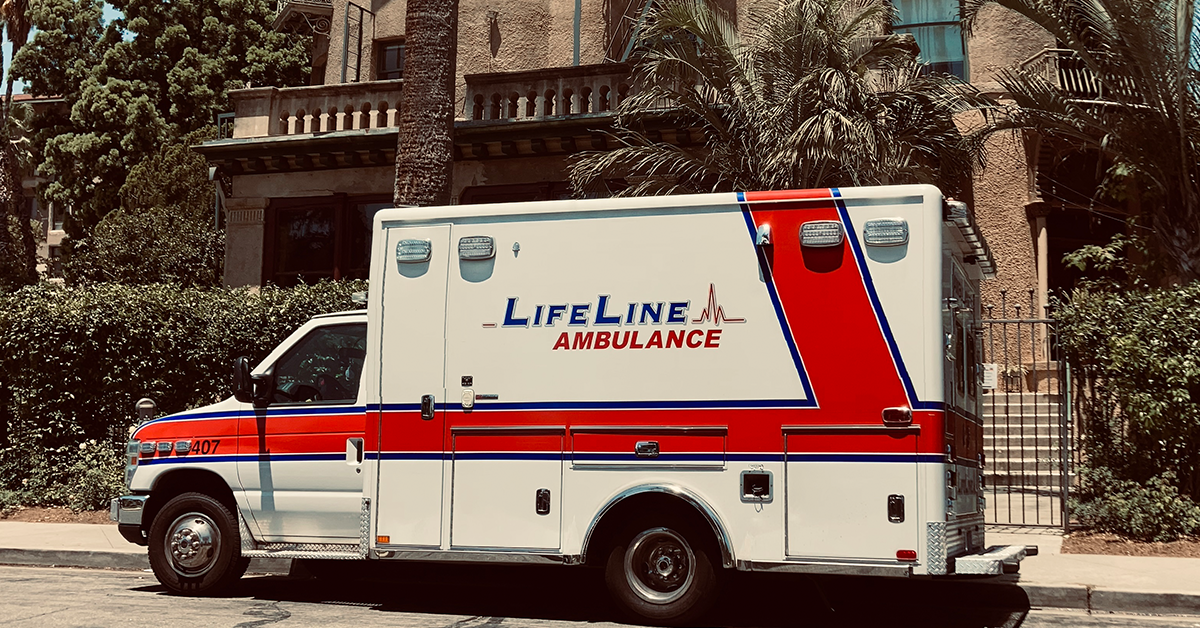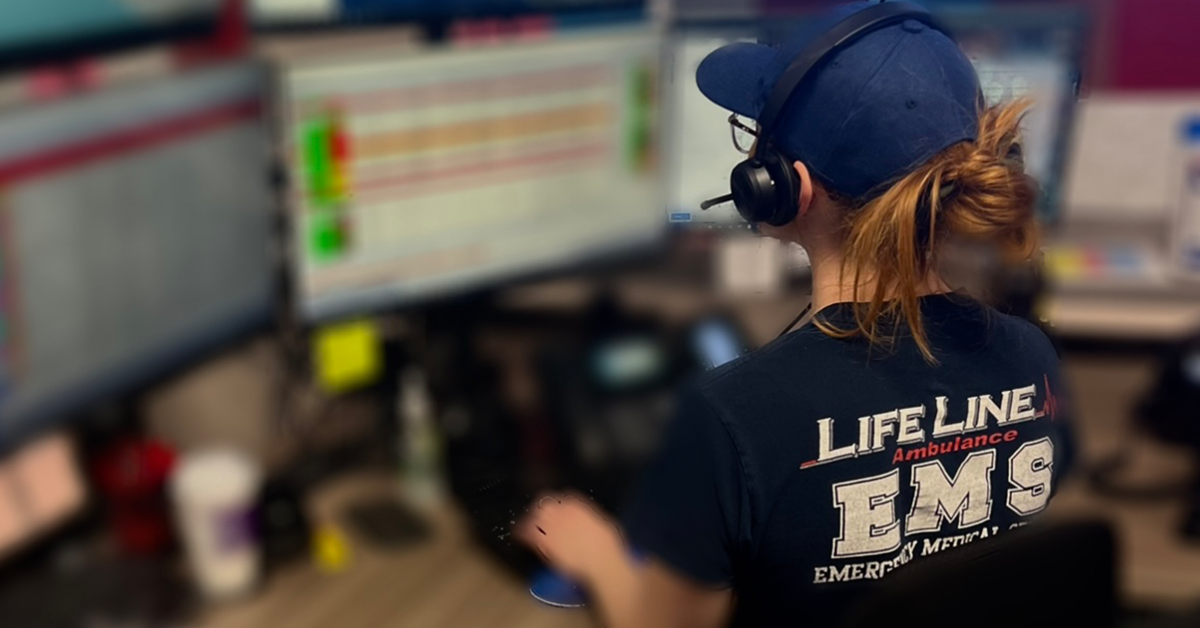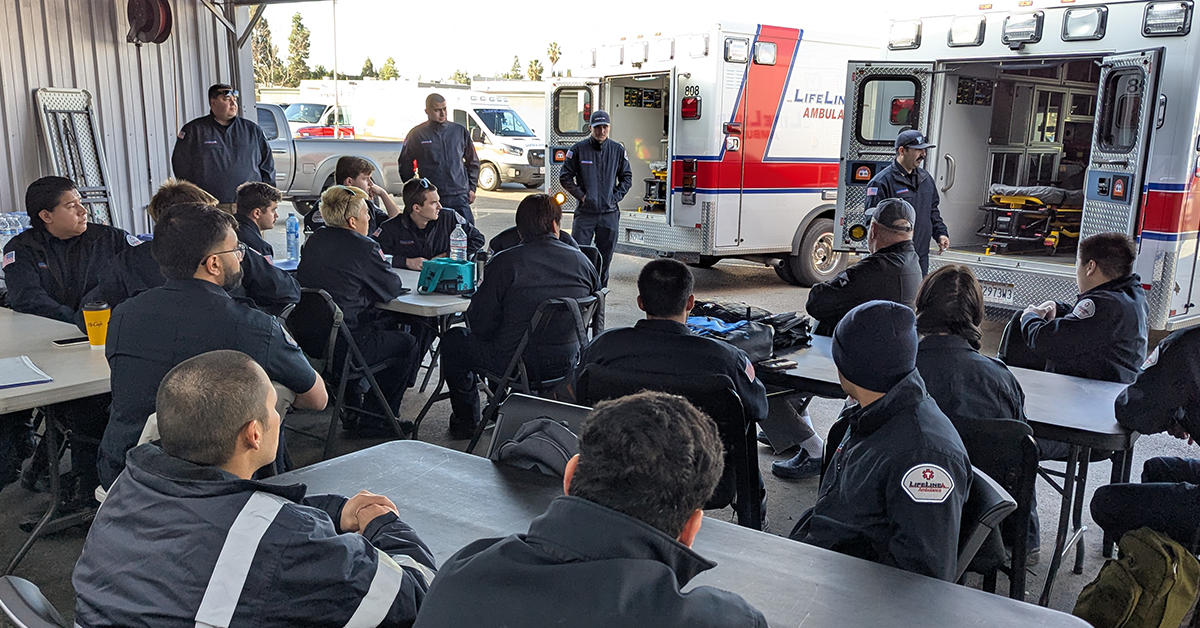In emergency medical services, time is one of the most crucial factors determining patient outcomes. Whether responding to cardiac arrests, strokes, trauma incidents, or respiratory emergencies, EMS teams must act quickly and efficiently to stabilize patients and transport them to appropriate medical facilities. In a fast-paced urban environment like Los Angeles and the broader Southern California region, emergency response times are influenced by multiple factors, including traffic congestion, dispatch efficiency, and technological advancements.
This article explores the science behind emergency response times, the impact on patient survival rates, and how LifeLine EMS ensures rapid and efficient responses to medical emergencies in the region.
Why Emergency Response Time Matters
The golden rule of emergency medicine is that the faster the response, the better the patient’s chances of survival and recovery. In life-threatening situations, minutes—sometimes even seconds—can make the difference between life and death. Here’s why response time is critical:
1. Cardiac Arrest Survival Rates
- The American Heart Association states that for every minute without CPR or defibrillation, a person’s chance of survival decreases by 7-10%.
- A response time under 4-6 minutes dramatically increases survival rates when CPR and defibrillation are applied promptly.
2. Stroke Treatment and the “Golden Hour”
- In stroke cases, brain cells begin dying within minutes due to lack of oxygen.
- Administering clot-busting drugs like tPA (tissue plasminogen activator) within the first 60 minutes (Golden Hour) significantly improves recovery chances and reduces disability.
3. Trauma and Critical Injuries
- Severe trauma patients have what is called the “Golden Hour,” a crucial timeframe in which rapid medical intervention can prevent death.
- Delayed transport to a trauma center increases mortality rates exponentially.
Factors Influencing EMS Response Times in Los Angeles and Southern California
While emergency response time is a top priority, multiple factors influence how quickly EMS teams can reach patients. Some of the key elements impacting response times in Los Angeles and Southern California include:
1. Traffic Congestion
- Los Angeles is infamous for its dense traffic and congested highways.
- Heavy congestion can delay ambulance arrival times, making strategic dispatching and the use of alternate routes critical.
2. Dispatch Efficiency
- The speed at which 911 operators and dispatchers relay information to EMS teams directly affects response times.
- Advanced Computer-Aided Dispatch (CAD) systems improve efficiency by prioritizing urgent cases and providing optimal routing information.
3. Geographic Challenges
- Southern California’s diverse geography includes urban centers, suburban sprawl, mountainous areas, and coastal regions.
- In some remote areas, EMS response times may be longer due to distance, terrain, or limited road access.
4. Hospital and Trauma Center Proximity
- The availability of Level 1 and Level 2 trauma centers influences how quickly critically injured patients receive advanced care.
- Helicopter EMS (air ambulances) are often used to bypass traffic and transport patients more efficiently.
How LifeLine EMS Optimizes Emergency Response Times
LifeLine EMS has implemented several strategies to minimize delays and maximize efficiency in emergency response across Los Angeles and Southern California. These include:
1. Strategic Ambulance Deployment
- Using predictive analytics, LifeLine EMS places ambulances in high-demand areas to reduce response times.
- GPS tracking allows dynamic repositioning of units based on real-time demand.
2. Advanced GPS & Routing Technology
- LifeLine EMS uses cutting-edge real-time traffic monitoring to navigate around congestion and take the fastest possible route.
- Integration with city-wide traffic control systems ensures priority access at intersections.
3. First Responder Collaboration
- Coordinating with fire departments, police, and local hospitals helps streamline patient transport.
- Joint training exercises improve inter-agency communication and efficiency.
4. Specialized Response Teams
- Dedicated Stroke, Trauma, and Cardiac Arrest response teams ensure faster, specialized care for critical patients.
- Air ambulances are deployed for remote or difficult-to-reach locations.
5. Community Training & Public Awareness
- Teaching CPR and first aid to the public helps bystanders provide immediate assistance before EMS arrival.
- Programs like PulsePoint, a mobile app that alerts CPR-trained individuals to nearby cardiac arrests, help bridge the gap before EMS arrives.
Future Innovations in Emergency Response Times
As technology advances, EMS providers are looking at new ways to further reduce emergency response times. Some potential future developments include:
1. AI-Powered Dispatch Systems
- Artificial intelligence (AI) can analyze incoming 911 calls and prioritize high-risk cases for immediate dispatch.
2. Drones for Medical Supply Delivery
- Drones can deliver essential medical supplies like AEDs, EpiPens, and tourniquets to bystanders before EMS arrival.
3. Autonomous Emergency Vehicles
- Self-driving ambulances equipped with robotic patient care systems could reduce human response times.
4. Telemedicine Integration
- EMTs can use real-time video consultations with doctors to begin treatment while en route to the hospital.
Keep Reading
Want more? Here are some other blog posts you might be interested in.
In the high-stakes world of emergency medical services, clear and effective communication can mean the difference between life and death. EMS professionals...
Emergency Medical Services is an ever-evolving field that requires constant learning and adaptation. With medical advancements, technological innovations, and increasing public health...
Emergency Medical Services s a high-stress, physically demanding profession that requires dedication, quick decision-making, and resilience. While the rewards of saving lives...






